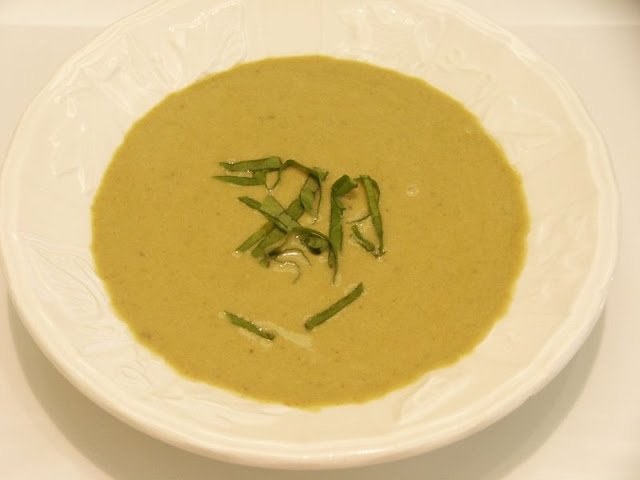When I was younger, we used to pick wild huckleberries while anchored in the Georgian Bay area of Canada. We'd all return with purple mouths, hands and tongues, but with enough berries left in our containers so my mother could make the world's most heavenly huckleberry pie.
I've heard many an argument about wild blueberries versus wild huckleberries. Do you know the difference?
They come from the same family but are a very different berry. Wild Huckleberries only grow in the wild but wild blueberries often are harvested commercially on farms. (You can even buy them frozen in your market.) The wild blueberry is smaller than a regular blueberry and has many soft, tiny almost unnoticeable seeds, while the huckleberry has larger seeds so they are slightly grittier when eaten. Blueberries are also more blue, while huckleberries are blackish blue or reddish black. Huckleberries have a much more vibrant and robust flavor than blueberries. They're sweeter too. Also, wild blueberries are have a slightly more earthy taste than you might expect.
Now that I live in Florida, my days of fresh-picked huckleberries are just a memory. But because of those memories, I should have guessed how much I'd like this nearly savory soup made from wild blueberries. It's a thicker fruit soup than I'm used to, but you could add more cream to thin it out if you prefer. A beautiful summery first course, you could also pass it around in little glass mugs.
Chilled Wild Blueberry Soup
By Rowan Jacobsen from Fine Cooking Magazine
8 cups frozen wild blueberries (from one 3-lb. bag), or fresh if available
1/2 cup dry white wine
1/2 cup heavy cream
1/2 cup loosely packed fresh mint leaves; more for garnish
1 tsp. finely grated lemon zest (from 1/2 medium lemon)
1/2 tsp. ground cardamom
Kosher salt
Sour cream or crème fraîche
Method:
Heat the blueberries and wine in a 12-inch skillet over medium heat, stirring occasionally, until the blueberries are thawed, about 5 minutes (if using fresh blueberries, bring the mixture to a simmer). Stir in the heavy cream, mint, lemon zest, cardamom, and 3/4 tsp. salt.
Working in batches, purée the blueberry mixture in a blender or food processor until smooth. Strain through a medium-mesh sieve into a storage container. Chill thoroughly in the refrigerator, about 4 hours.
To serve, whisk vigorously to loosen the soup (chilling thickens it and you can add more cream at this point if you wish.). Season to taste with more salt. Ladle the soup into serving bowls and garnish with a dollop of sour cream or crème fraîche and a single mint leaf. Makes about 5 cups.
*********************************
After glancing through my drafts folder, I noticed lots of odds and ends I've never gotten around to posting. Rather than deleting them I thought I'd start a little side blog and get them posted as there are several good ideas and recipes among the discarded drafts. You'll notice some wooden cooking utensils on the sidebar. That's the new blog, if you have time to take a look.
**************************
Have a wonderful 4th of July!
Happy Birthday, America!































.jpg)

